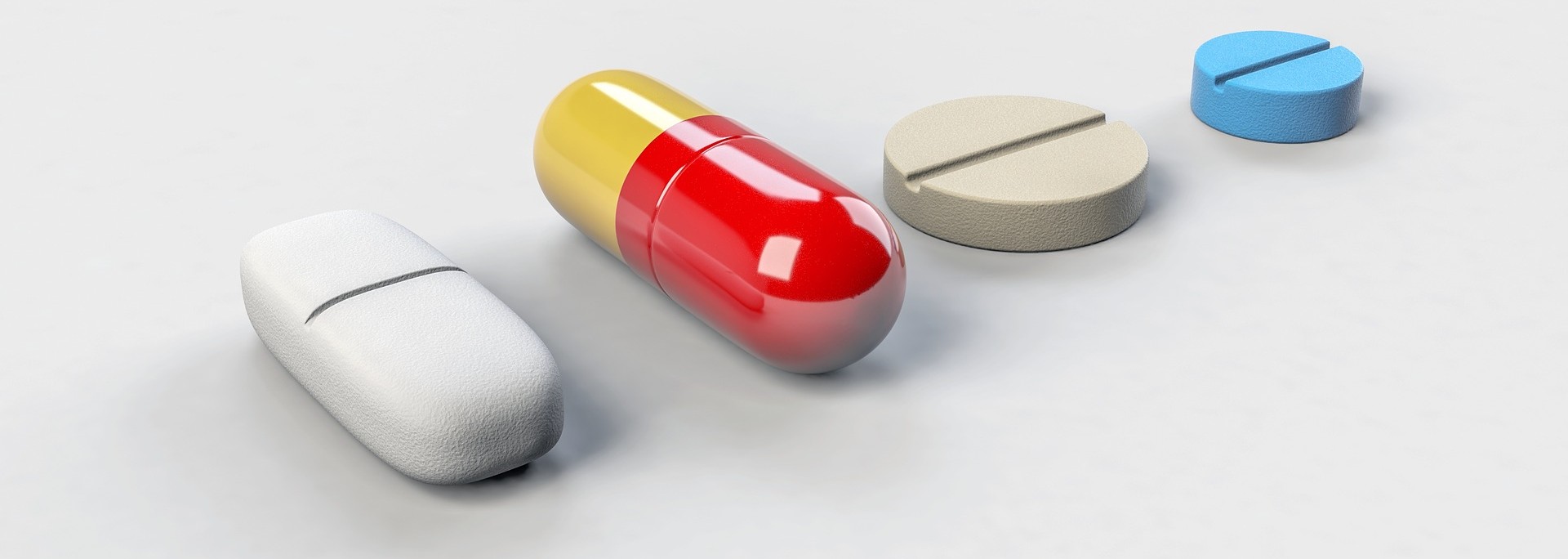
To remain competitive, companies must be able to market the investigational products that they manufacture.
However, no company can market an investigational product in the United States without approval from the Food and Drug Administration (FDA). New Drug Applications (NDAs) are one of the final steps that a company takes before a drug receives approval, and an overreaching goal for pharmaceutical manufacturers is to have their NDAs approved.
The consequences of a rejected NDA, such as decreased revenue, decreases in stock prices, and allocation of additional funds and resources to rectify the issue, are severe.
Therefore, manufacturers should know what the process is, what the contents of an NDA are, and how to submit an NDA. They must also understand common issues associated with NDAs, reasons why NDAs are rejected, and ways to make the process run more smoothly.
Overview of the NDA Process
Before submitting an NDA, a manufacturer must conduct preclinical studies and three phases of studies in humans. Preclinical studies involve tests of the compound in animals and in vitro tests in human cells. If the compound is determined to be safe in these studies, the manufacturer may choose to develop it further.
They develop protocols, which are plans on how to conduct studies in humans. They then submit them as part of an Investigational New Drug Application (IND) to the FDA.
The FDA will review this IND, and if the company hears nothing from the FDA after thirty days, they can start conducting clinical studies in humans as part of an NDA.
Of the four phases of clinical studies required throughout the lifecycle of a drug, the first three usually are required for the NDA:
Phase 1: Initial studies conducted in healthy subjects
These studies are designed to collect information about the absorption, metabolism, and excretion of a drug. They also assess safety.
Phase 2: Studies conducted in subjects with the disease that the drug is designed to treat
Usually conducted in only one or two centers, the studies collect information on the safety and efficacy of the drug.
Phase 3: Multicenter studies conducted in subjects with the disease in question
Like phase 2 studies, they also collect data on the safety and efficacy of the drug. Manufacturers should confer with the FDA before starting these studies.
After the phase 3 studies are complete, the manufacturers can submit the NDA. Manufacturers need to submit two forms electronically within five days beforehand. The first, Form FDA 2656, enables them to register the facility. The second, Form FDA 2657, is a drug listing form.
An NDA contains the results of the studies and the raw data on the drug, manufacturing information on the drug, and proposed labeling for the drug. Some specific items that are included are the following:
• The cover letter
• The application form (form FDA 356h)
• A summary
• Information on the labeling, chemistry, pharmacology, toxicology, pharmacokinetics, and bioavailability of the drug (based on both preclinical and clinical studies)
• Information on statistical methodology
• Case report forms and tabulations of the case report forms
• Patent information on the drug
• Debarment and field copy certifications
• The user fee cover sheet (form FDA 3397)
• Financial disclosures for the investigators
How to file a New Drug Application (NDA)
There are a couple ways in which a company can file an NDA. The first is in Drug Master File binders, which consist of polyethylene or paper binders.
The other is the International Conference on Harmonisation’s Common Technical document (CTD) or electronic Common Technical Document format (eCTD). The FDA may allow parts of submission to be paper and others to be electronic.
FDA Review
The FDA will review the application over the next sixty days to determine whether the application is complete enough to warrant further review. Incomplete applications will be rejected, and the FDA will send a Refuse to File letter that details what is incomplete.
Completed applications will be reviewed by the FDA. Over the next six to ten months, the FDA will conduct an independent analysis of the data in the NDA to determine whether the drug is safe and effective and whether the benefits outweigh the risks.
They will also review the labeling to ascertain whether the labeling is appropriate and what should be included. They will look at the manufacturing information to determine whether the methods used will maintain the quality and integrity of the drug.
If they find all of this information to be satisfactory, they will approve the NDA. Approved applications will be assigned a six-digit NDA number. They can then market the drug in the United States.
For more information, please download our White Paper on NDAs at the resource section.
